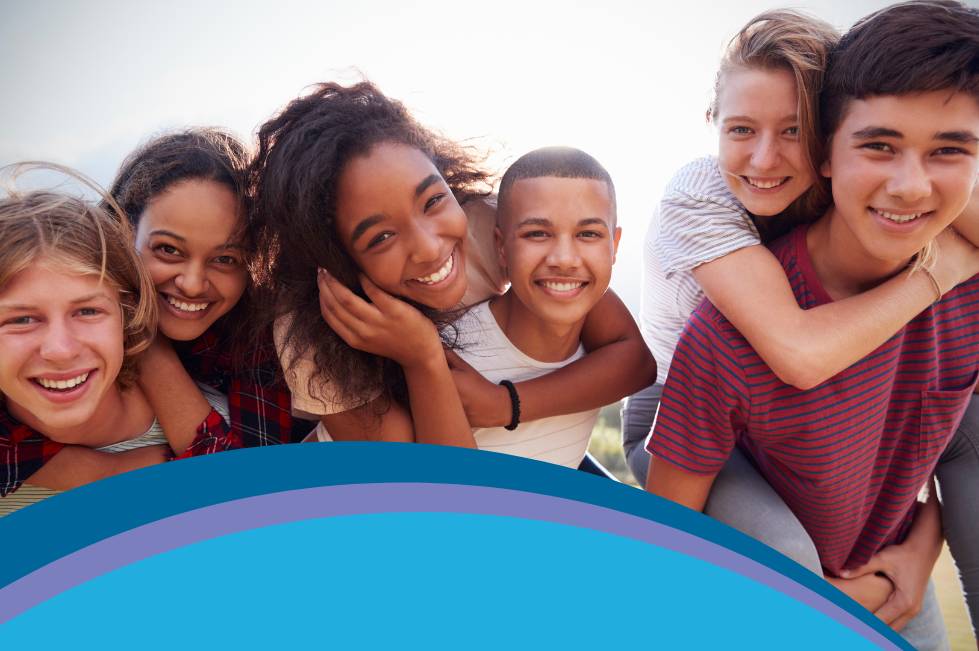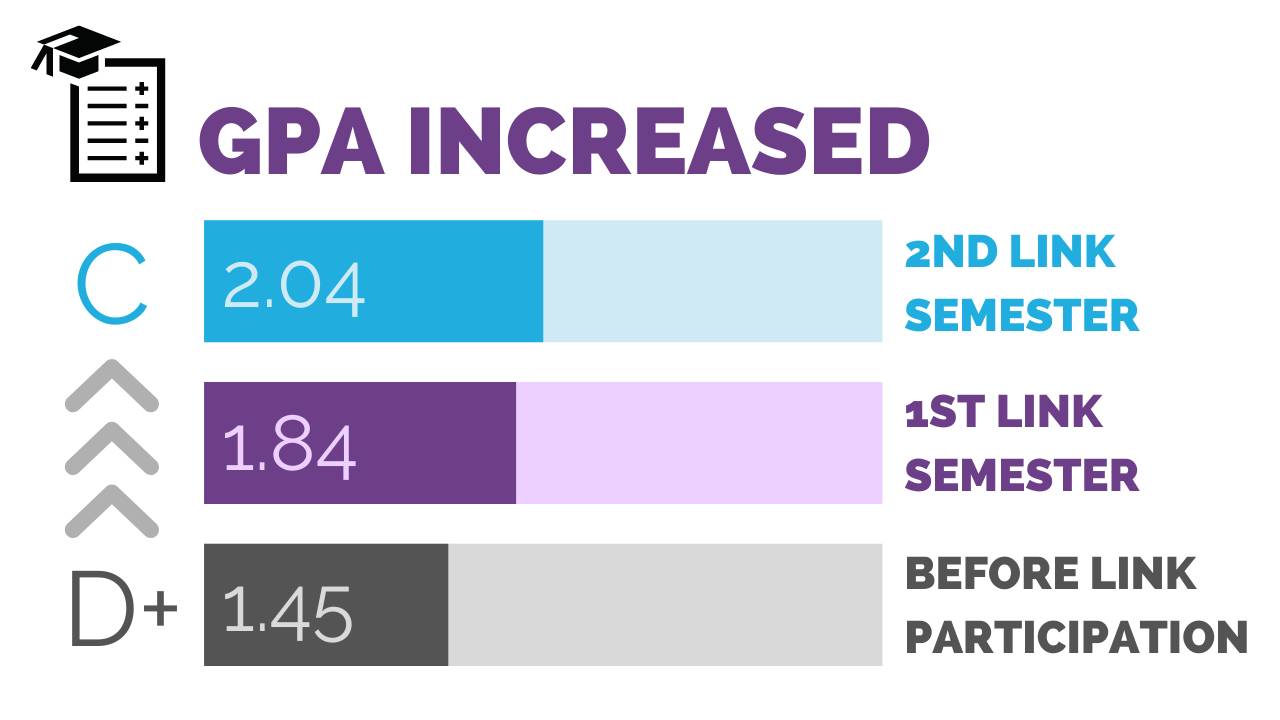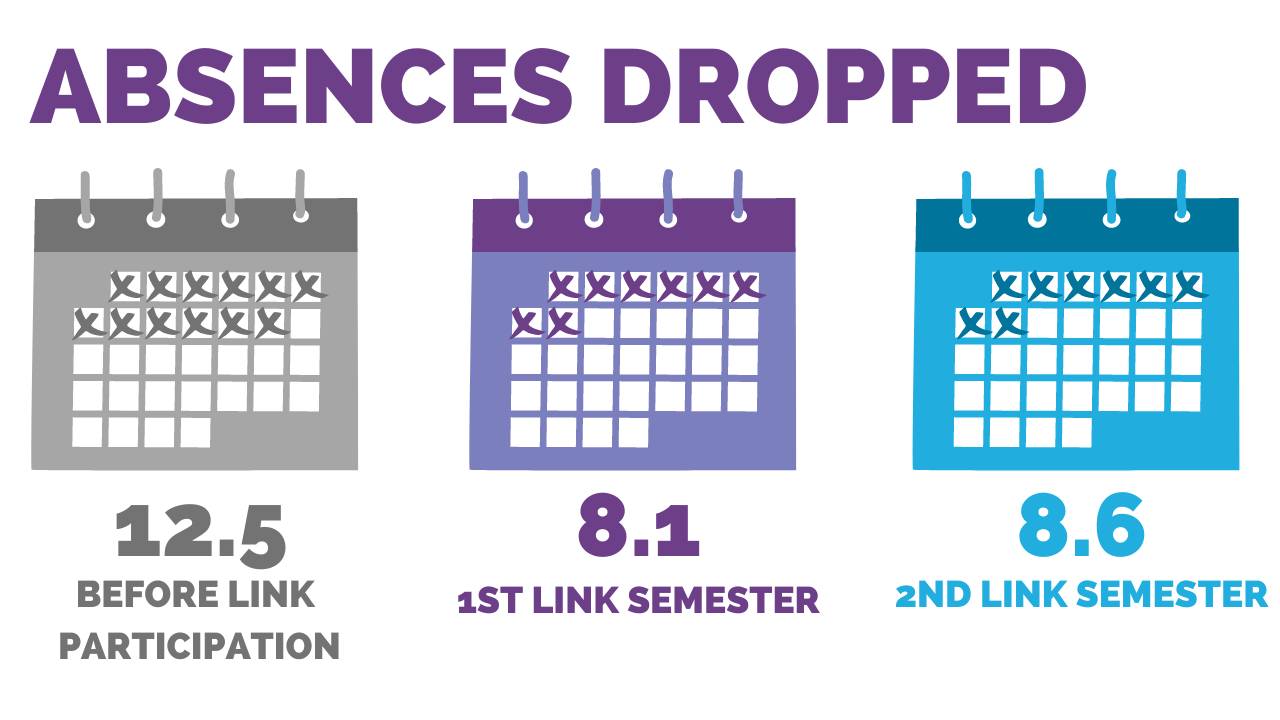Together We Thrive: All Students Benefit as Peer Supports

This article originally appeared in START Connecting in October 2022.
“Historically, the practice of recruiting [Peer to Peer] students with a specific social and academic profile has been commonplace. While honor roll students, athletes, and other established student leaders enhance Peer to Peer programs, it is critical to have a broader view. Seek out and include all students, including those who may be considered behaviorally, socially, and/or academically “at risk.” These students have the capacity to become amazing peer supports and will rise to meet high expectations.” (START Pillar of Peer to Peer Programming).
Who are the LINK students in your Peer to Peer programs? You might be inclined to invite high-performing students to participate as peer supports. After all, these are the students who are engaged in classes and can serve as “ideal” role models. However, the data from the START Project peer outcomes study (Owen-DeSchryver et al., 2022) suggest that being a peer support can benefit a different subset of students in your school: students with lower GPAs, lower attendance, and behavior support needs.
It may seem counterintuitive to actively recruit students who are facing challenges in the school environment to a program whose primary purpose is facilitating school success for students with disabilities. A shift in thinking is required. High-quality Peer to Peer programs employ a participation model where students with disabilities and their peers work together to achieve their personal goals. While research has shown that peer-mediated intervention benefits students with disabilities, growing evidence suggests positive outcomes for all participants (Travers & Carter, 2022).
A study conducted as part of the START Project explored outcomes for 204 peer supports from eight high schools in Michigan. Of these students, 43 had GPAs below 2.0 before involvement in Peer to Peer. After two semesters of Peer to Peer, on average, their grades moved from a D+ to a C and absences decreased from 12 to 8 missed school days. We also looked at a subset of students who had 2 or more behavior referrals before they began as peer supports. Of these students, 89% ended their second semester as a LINK with no behavioral referrals. Overall, students benefited in multiple ways from their experience as a LINK.


We are excited to announce our recently revised and expanded resources on the benefits of Peer to Peer for students in the role of peer support, which includes data from three additional high schools in Michigan. You can access the new Outcomes for LINKS: Benefits to High School Peers resources, along with a downloadable PDF and a Data Snapshot with the highlights. Share these resources with your team as you consider enhancing your Peer to Peer program for all students.
Written by: Jamie Owen-DeSchryver, Ph.D. (Project Faculty) and Stephanie Pulido, M.Ed. (Program Evaluation and Resource Development Specialist)
Resources and References
Carter, E.W. & Kennedy, C.H. (2006). Promoting access to the general curriculum using peer support strategies. Research & Practice for Persons with Severe Disabilities, 31, 284-292. https://doi.org/10.1177/154079690603100402
Owen-DeSchryver, J., Ziegler, M., Matthews, A, Mayberry, M., & Carter, E. (2022). The reciprocity of peer-mediated interventions: Examining outcomes for peers. School Psychology Review. Advance Online publication. https://doi.org/10.1080/2372966X.2022.2039959
Travers, H. E., & Carter, E. W. (2022). How do peers benefit From peer-mediated interventions? Examining impact within secondary and postsecondary programs. Research and Practice for Persons with Severe Disabilities, 47(2), 72–89. https://doi.org/10.1177/15407969221093380
START Project (2021). Secondary peer to peer program playbook. START Project. https://www.gvsu.edu/autismcenter/developing-and-maintaining-a-peer-to-peer-program-383.htm#Secondary
